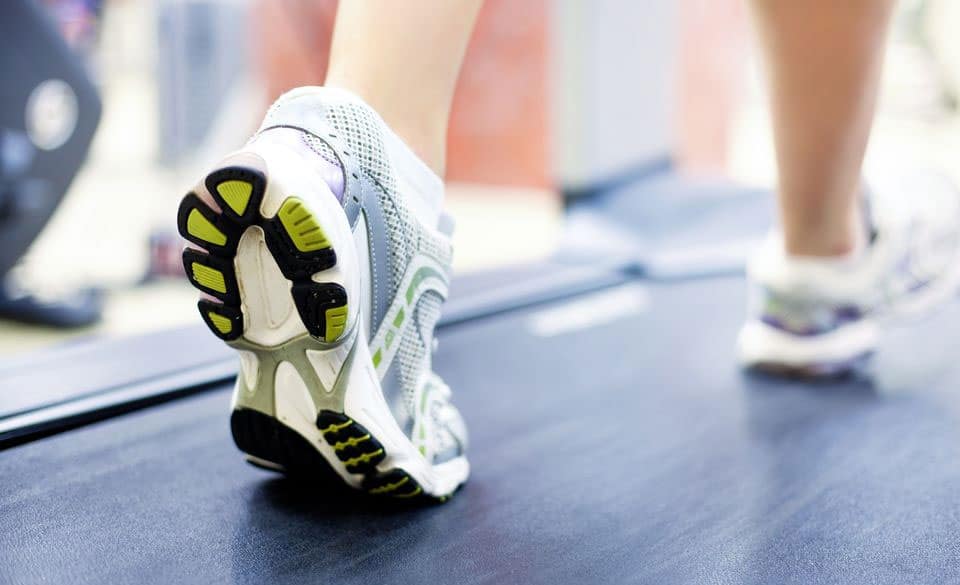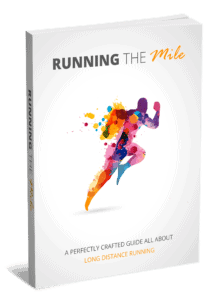
Why Does Treadmill Running Benefit You? Treadmill Technique
Treadmill running is not only limited to the dedicated runner, but it can for most people produce the best results in the least amount of time. Since most people are limited on time, more and more people are using treadmills as a form of training.
While treadmill technology has improved in recent years, most people need to go back to the basics and find what treadmill workouts work for them.
Before starting out running on the treadmill, you need to understand the benefits of how a treadmill can positively affect your training. Below are just a few reasons why these are becoming so popular.
– Time-efficient
– Lower joint impact
– Lower environmental stress
– Data collection
Treadmills today are much more efficient but also offer a lower joint impact. Hard surfaces do little to provide shock absorption, such as concrete which is unfortunately everywhere. If your a dedicated runner, implementing a weekly session on the treadmill can help create variation in your training while providing lower impact than outdoor running. For the beginner runner, it can provide a safe environment when starting out, allowing the body to adjust to a lower impact force.
While there is an increasing number of people starting to run on the treadmill, there is also a growing number of people plagued with injuries.
There are many reasons why people don’t want to train on a treadmill. Below is four reasons for people tend to stay away from treadmill running.
– Scared that it can be detrimental to joints
– Don’t want to put in the time
– Feeling dizzy on the treadmill
– Don’t know what to do
Treadmill Interval Running – Running On A Treadmill
Before starting any interval running on the treadmill, it is essential to maximize your workout time. First, learn the functions of the machine; this may require you to speak with a trainer to help walk you through the functionality.
Many if not most treadmills on the market provide a heart rate monitor to help you gauge the intensity of your run. While these aren’t always the most accurate, it gives you easily accessible data without needing to own a heart rate monitor. Your intervals outside can be time-consuming, difficult to plan, and sometimes challenging. Treadmill running provides a reliable and efficient workout, meaning you will do more work in less time and potentially see faster results.
Whether you are running on a treadmill or outside, the quality of your runs is important if you want to see progress. Focusing on quality sessions on the treadmill will both help with leg speed and also allow a more controlled environment.
Remember, when running indoors, there is no wind resistance. Adjusting the treadmill incline to 1-2% can help simulate outdoor running. If you are starting running on a treadmill, start with a zero slope until your fitness improves.
It is important not to set the incline too steep. Try to keep the highest slope at 7 percent. Otherwise, you will place too much strain on the hips, ankles, and back.
When you are running indoors, it is crucial to run the same way as you would outdoors. Focus on running with your natural gait, and stay away from taking short, choppy strides. If you start to feel that your form is faltering, slow down your pace until you feel your technique is coming back. Then you can gradually increase the treadmill speed again.
Running technique is crucial and not only just running indoors. The most common mistake an amateur runner make indoors is overstriding. This often leads to landing with the heel first and well ahead of your body’s centerline. Since the treadmill is propelling you forward, overstriding works against this by creating a brake. To avoid this, focus on keeping your stride under your body, this will help minimize the impact to the legs.
Running Technique On A Treadmill
Often people assume that the bars are there to hold while running or walking. But this is entirely wrong, they provide safety to help you get on and off the treadmill or an added precaution when you need to stop quickly.
Focus on keeping your body upright. Leaning too far forward often makes the treadmill pull your feet backward, which can often lead to back or neck pain and loss in balance. If you are finding you are leaning forward too much, it is a good idea to check your posture before getting on the treadmill or during your warm-up. You can do so by setting your shoulders above your hips and focusing compressing your abs.
There is a lot of benefits to treadmill running, but there are also a few negatives. Excessively using a treadmill for most of your training can potentially cause injuries in the long term. Keeping your indoor training to 2-3 times per week can help you improve your running without the overuse injuries treadmills can give.
Focus on your quality workouts inside and keep those long endurance runs outdoor. Outdoor running provides more variation in your foot strike, while indoor running offers a much higher constant repetition of the same foot strike.
If you live in a place during winter that doesn’t allow you to run outside, try to keep the volume down during the winter months. Focus on speed and intervals and bring up your mileage once the weather allows you to.


Download Running the Mile for only 8usd
“A Know-all Short Report All About Long Distance Running”



